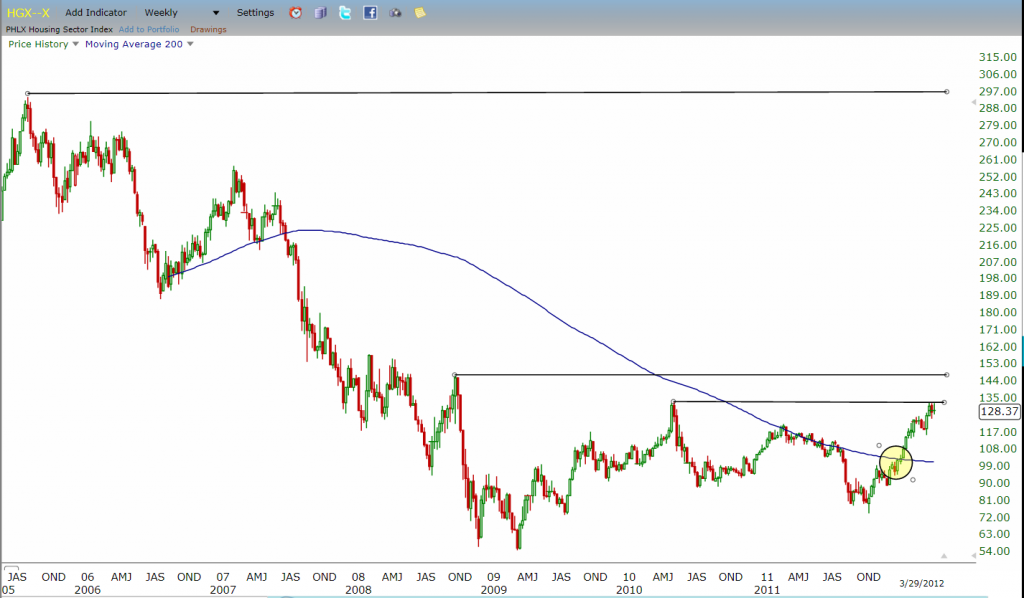Doug Kass has been following the housing market for longer than most of you reading this have been alive.
His first job on the street was at Kidder Peabody as a housing analyst where he penned research with quill on parchment by candle light. 🙂
Housing is a long cycle industry so the years studying the space serve him and his readers extremely well.
If cycles run, bust to bust, approximately 18 years, then having closely studied multiple of these cycles as they occurred is uncommon. Even more so for guys who have skin in the game and who have profited from them. So Doug recalls in detail not only the 89-90 bust and recovery but the boom leading to it.

As such, I follow closely what he has to say about housing and hold in high regard his view of where we might be headed here after, perhaps, the greatest bust in the history of real property.
On December 27, 2011, Doug came out bullish on the sector. He wrote,
A noteworthy surprise is that the residential real estate market shows surprising strength. The U.S. housing market becomes much bifurcated (in a market of regional haves and have-nots), as areas of the country not impacted adversely by the large shadow inventory of unsold homes enjoy a strong recovery in activity and in pricing. The Washington, D.C., to Boston, Mass., corridor experiences the most vibrant regional growth, while Phoenix, Las Vegas and areas of California remain weak. The New York City market begins to develop a bubbly speculative tone. Florida is the only area of the country that has had large supply imbalances since 2007 that experiences a meaningful recovery, which is led by an unusually strong Miami market.
On the chart above, I have highlighted where the PHLX Housing Index stood at the time of his prediction for the year still battling with the 200DMA.
One quarter in and the call looks great, with the index almost 30% higher and trading soundly above the 200DMA but there is still huge work to be done.
More recently, in a piece published March 28, Doug updated his view,
The housing market’s shadow inventory of unsold homes is starting to clear, certain areas of the country are experiencing signs of more robust activity, and, despite low levels of new-home production (based on historical data), homebuilders are even regaining pricing power in several geographic regions.
Stated simply, the U.S. residential real estate market is about to launch a broad and sustainable mutliyear recovery. And, from my perch, the share price strength in housing-related equities is telling the real story of an improving and self-sustaining home market that could continue through the balance of this decade.
With respect to our elders, it is a notable forecast.
$XHB $TOL
Leave a Reply